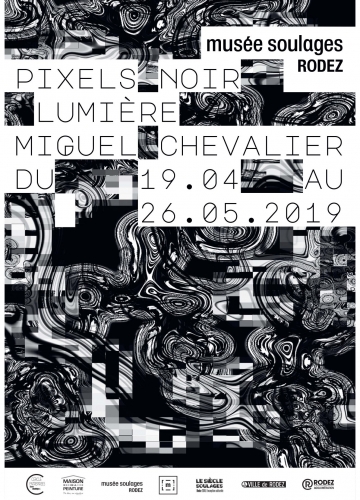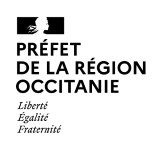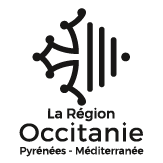Pixels noir – Lumières Miguel Chevalier
Throughout 2019, “Siècle Soulages” under the aegis of Rodez agglomeration and the City of Rodez, will be rounding up different regional cultural stakeholders to pay tribute to the life and work of Pierre Soulages, a source of inspiration for artists across the generations, celebrating his 100th birthday on 24 December 2019. The Soulages Museum obviously spearheads this programme and features in its line-up, the Miguel Chevalier, Pixels Noir Lumière 2019 exhibition from 20 April to 26 May 2019.
Hence the bold arrival of digital art at the Soulages Museum. Some may be surprised by the choice of an artist representing a seemingly very contemporary, 21st century art form to celebrate the hundredth birthday of Pierre Soulages, resolutely a painter, using a wide range of self-invented tools, far removed from the virtual creations of computers, interfaces and networks used by Miguel Chevalier. However, when you look at the question up close, this alliance could well become clear. Let’s start by pointing out that since the early 1980s, MiguelChevalier has developed an artistic approach using the computer asmain medium but in a constant dialogue with painting and light. He explores and experiments a new pictorial language where the pixel becomes the equivalent of the pictorial representation. The artist has never concealed his interest in the 1950s abstract paintings of Pierre Soulages, Jackson Pollock and Sam Francis. In homage to these artists, he notably developed the “electronic dripping1” technique following on from “action painting2”, made apparent in the Pixels liquides installation. Leaving the relationship of the painting, the spectator is no longer part of the canvas but the screen space (13.40 m x 7.80 m).
At a time when a new generation of artists are seizing new digital tools, the virtual reality headset in particular, tempted by the complete dematerialisation of art, the paradoxical virtual reality work is no longer a material object that we come to look at but an experience to be immersed in. In stark contrast, Miguel Chevalier materialises the virtual with 3 laser cut plexiglass sculptures. Tackling the pixel theme in the same way, the superimposition of transparent openwork plates creates a game of hollows and solids, reinforced by the light going through the cuts. An aesthetic of the virtual emerges, mixing matter and pixels. The laser cutter turns out to be the ideal tool to achieve these ambitions of materialising the virtual showcasing the artist’s work of abstract aesthetics. With regard to this exhibition, Miguel Chevalier’s work is as spectacular as it is experimental, bolstered here by Pierre Soulages’ approach, from which he reformulates essential data, in his own way. His multidisciplinary work addresses in particular the question of virtuality in art, with generativity, interactivity and materiality. The abstract and figurative images they deliver also perpetually challenge our senses in our relationship with the current and future technological world, eager to propel us into what will probably be part of the art of the 21st century.
past exhibitions
Discover all past tempory exhibitions proposed by Soulages Museum at Rodez since his opening in June 2014
















